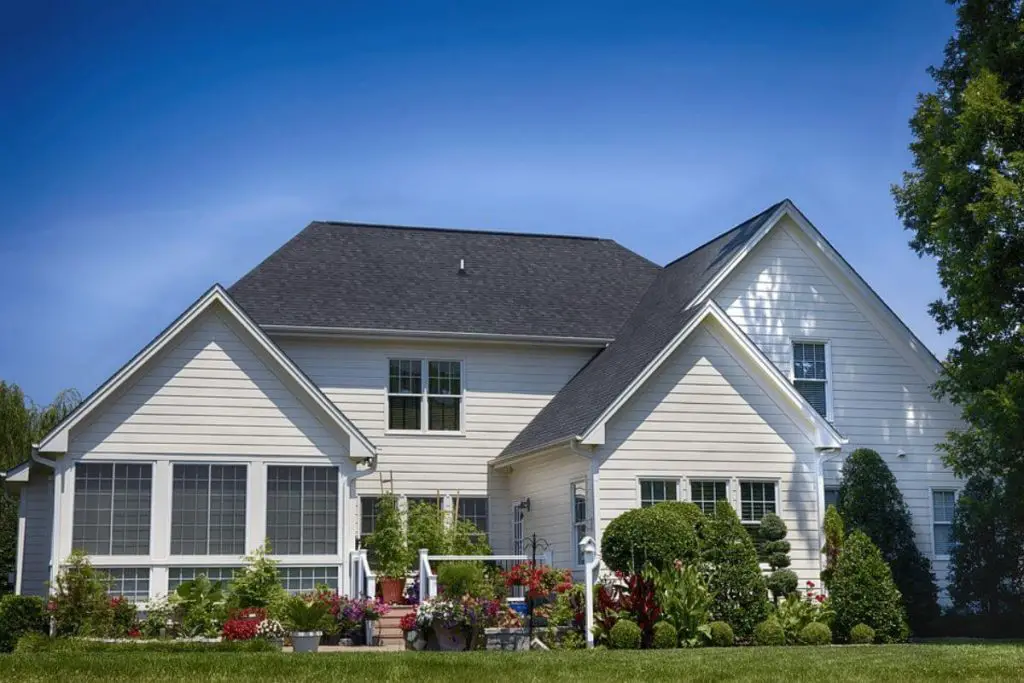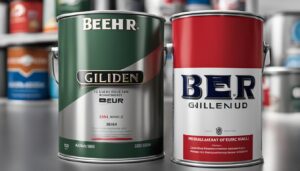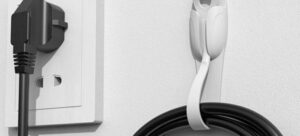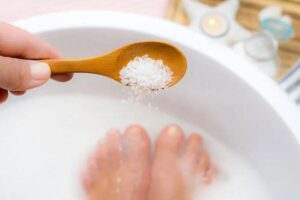Introduction
When it comes to exterior siding, one name that often stands out is Hardie Board. It’s known for its durability, versatility, and ability to withstand harsh weather conditions. However, choosing between smooth and textured Hardie Board can be a tough decision. In this article, we’ll explore the differences between the two and help you make an informed choice for your next siding project.
What Is Hardie Board?
Before we dive into the textures, let’s briefly explain what Hardie Board is. James Hardie Industries manufactures this fiber cement board, which is renowned for its resilience against moisture, rot, fire, and pests. It’s a popular choice for homeowners looking for a long-lasting and low-maintenance siding solution.
The Aesthetic Appeal
Smooth Hardie Board
Smooth Hardie Board offers a sleek and modern appearance. Its clean lines and flat surface create a sophisticated look that complements contemporary architectural styles. The smooth finish also makes it easier to paint, allowing homeowners to achieve their desired color and finish.
Textured Hardie Board
On the other hand, textured Hardie Board adds depth and character to your home’s exterior. It mimics the look of natural wood, making it an ideal choice for those who prefer a traditional or rustic appearance. The textured surface can help hide imperfections in the wall, giving your home a more organic and authentic feel.
Durability and Maintenance
Smooth Hardie Board
Smooth Hardie Board is known for its ease of cleaning. Its flat surface makes it less prone to collecting dirt and debris, resulting in a siding option that requires minimal maintenance. It’s also resistant to fading, ensuring that your home will look vibrant for years to come.
Textured Hardie Board
While textured Hardie Board may require slightly more maintenance due to its deeper grooves, it offers added protection against impact. The texture can help disguise any minor wear and tear that might occur over time. Additionally, its resemblance to wood can be appealing to those who want a classic look without the drawbacks of natural wood siding.
Climate Considerations

Smooth Hardie Board
In regions with high humidity, smooth Hardie Board can be a practical choice. Its flat surface doesn’t trap moisture, reducing the risk of mold or mildew growth. Additionally, its resistance to warping ensures that it remains in excellent condition even in damp conditions.
Textured Hardie Board
Textured Hardie Board’s deeper grooves can make it a better choice in areas prone to heavy rainfall. The texture can help channel water away from your home’s foundation, preventing potential water damage. It also provides better insulation, helping to keep your home comfortable in both hot and cold climates.
Cost Comparison
Smooth Hardie Board
In terms of cost, smooth Hardie Board tends to be more budget-friendly. Its installation is generally simpler and requires less time and effort, making it a cost-effective choice for homeowners on a tighter budget.
Textured Hardie Board
Textured Hardie Board may come at a slightly higher price due to its more intricate installation process. However, many homeowners find that the added aesthetic value and durability outweigh the initial investment.
Conclusion
In the debate between smooth and textured Hardie Board, there’s no one-size-fits-all answer. The choice ultimately depends on your personal preferences, climate, and budget. Both options offer outstanding durability and can enhance the curb appeal of your home. Whether you prefer the modern elegance of smooth Hardie Board or the timeless charm of textured Hardie Board, you can trust that your siding will endure for years to come.
FAQs
Is Hardie Board better than traditional wood siding?
Hardie Board is often considered a superior choice due to its durability and resistance to various elements, making it a compelling alternative to traditional wood siding.
Can I paint textured Hardie Board?
Yes, you can paint textured Hardie Board. Its textured surface can hold paint effectively, allowing you to customize your home’s appearance.
How often should I inspect and clean my Hardie Board siding?
Regular inspections and cleaning at least once a year are recommended to maintain the longevity and appearance of your Hardie Board siding.
Can I install Hardie Board siding myself, or should I hire a professional?
While DIY installation is possible for experienced individuals, it’s advisable to hire a professional to ensure proper installation and warranty compliance.
Is Hardie Board resistant to pests and termites?
Yes, Hardie Board is highly resistant to pests, including termites. Its fiber cement composition provides an added layer of protection against these threats.




